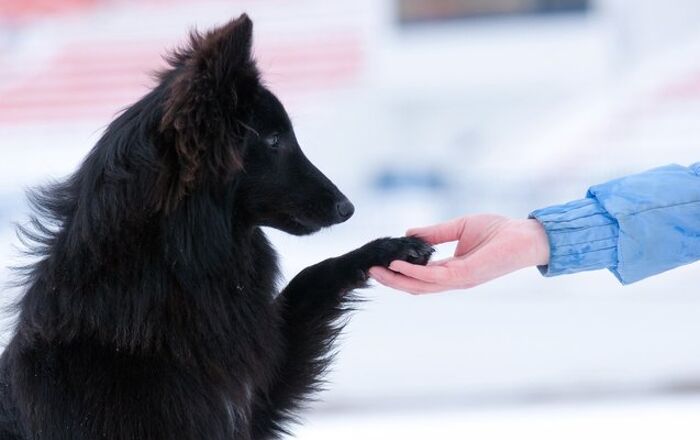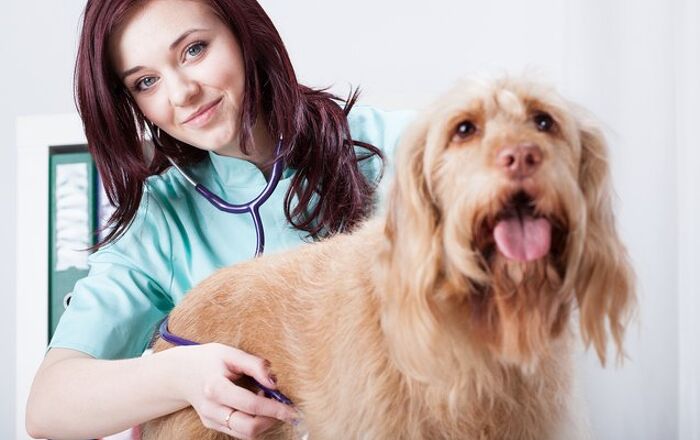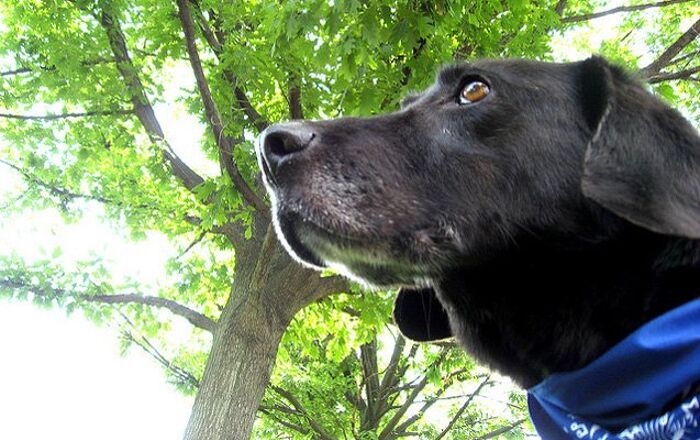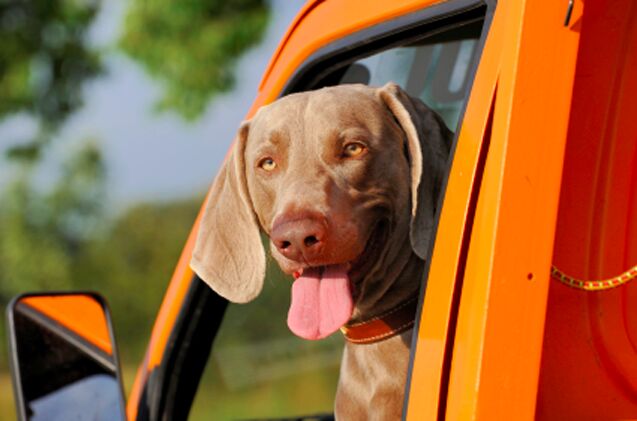
Pet Travel Expert Amy Burkert knows a thing or two about dogs that can’t stomach the open road. If your pooch can’t make it to your destination without puking, here are some tips that’ll help car sickness in dogs.
The first you notice is your dog panting in the back seat… but it’s not hot outside. On some level you know, but you continue on, trying to pretend. You roll the window down a bit to give him some air.
But then you see the drooling start. Who knew a dog could drool like that!?
When you catch the look in his eye – that why are you doing this to me? look that turns you into a puddle of regret – it’s already too late. And finally you hear it … the awful heaving … follow by the unmistakable YACK!
know
Related:What To Do If Your Dog Gets Sick While Traveling
The causes of motion sickness –in humans and dogs – are not well understood, but it’s believed to be related to how the brain controls balance and processes motion. If you’ve ever tried to read a book on a moving boat, you know exactly what I’m talking about! Dogs, of course, don’t understand why they’re feeling so rotten, they just learn that every time they get in the car, they have an extremely unpleasant experience.
Many of us humans can relate, can’t we?
Many vets believe that travel sickness in dogs tends to happen more in younger dogs than it does in older adult dogs, but of course, no dog is immune to dog car sickness. They think it’s more of an issue in younger dogs because of the inner ear not being as developed yet. It’s what gives signals (vestibular) to your dog’s brain to help them realize they need to adjust for balance. When their inner ear is underdeveloped, they may have weaker balance systems and this can tell their brain there’s a problem.
Most vets believe puppies will outgrow motion sickness as they hit a year or so.
But, they don’t always grow out of it. And sometimes dog car sickness isn’t caused by an issue with your dog’s inner ear. It could be anxiety because they don’t go on frequent car rides and when they do, it’s typically to the vet or the groomer (oh, the horror!). They may have a mental association that gives them the same anxiety and nervousness we often get before the dentist and that may make them pupchuck.
Even if they’re not used to associating car rides with just the vet or the groomer, they may simply feel uncomfortable with the moving of the car because they’re not in control of it. Stopping and taking a quick walk to get some fresh air may help eliminate a lot of your dog’s car sickness symptoms.
Recognizing the Symptoms of Car Sickness in Dogs
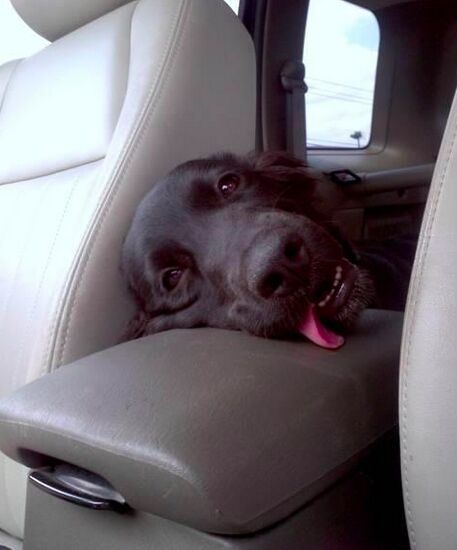
What can you do if you suspect car rides may be making your dog ill? The first thing is to watch him carefully for the following symptoms:
Related:Five-Star Road Trip: Meet Dog Bloggers Who Travel Like Rock Stars
Treating Car Sickness in Dogs
Depending on the severity of your dog’s motion sickness and the duration of any trips you’re considering with him, there are several things you can do to help him enjoy the ride:
Having a dog that gets sick in the car doesn’t have to mean that you’ll never be able to travel together. It may take a little more effort, but the rewards of having your dog with you on your next trip definitely outweigh the costs!
1Data on file, Harris Interactive Pet Owner Market Research CERMS2012, 2012 Zoetis Inc.


